Nestled on the outskirts of Lahore, Punjab, Shalimar Garden is a breathtaking testament to the architectural and horticultural prowess of the Mughal Empire. Built during the reign of Emperor Shah Jahan, this historical gem showcases the grandeur and elegance of Mughal garden design. Let’s take a stroll through time and explore the rich history, splendid architecture, and lush landscapes of Shalimar Garden Lahore.
Historical Background

Shalimar Garden, also known as Shalimar Bagh, was commissioned by Emperor Shah Jahan in 1641-42, during his rule over the Mughal Empire. The garden was intended to be a gift for his beloved wife, Empress Mumtaz Mahal, and served as a summer retreat for the royal family. Shah Jahan was known for his appreciation of art and culture, and the creation of Shalimar Garden reflects his passion for beauty and symmetry.
Layout and Architecture
The garden is spread over approximately 80 acres, making it one of the largest Mughal gardens in Pakistan. It is divided into three terraces, each descending towards the Ravi River, creating a stunning visual effect. The terraces are connected by a central water channel that runs through the garden.
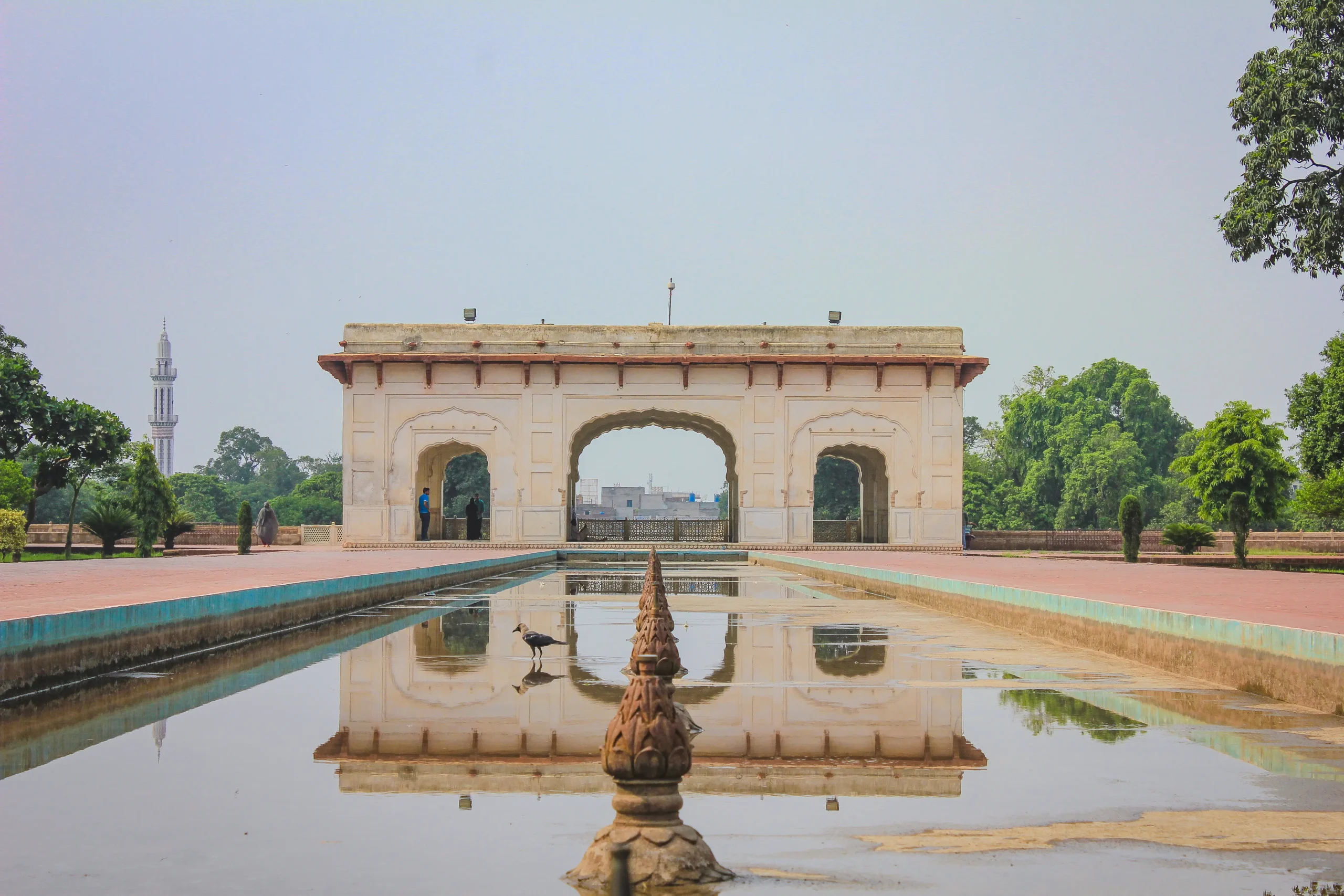
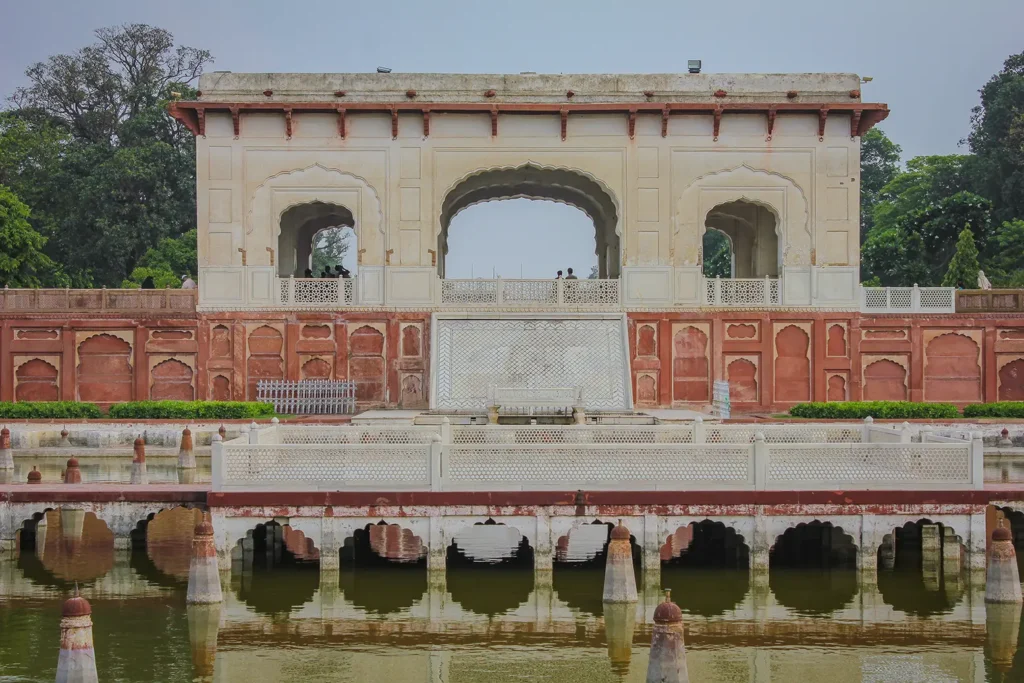
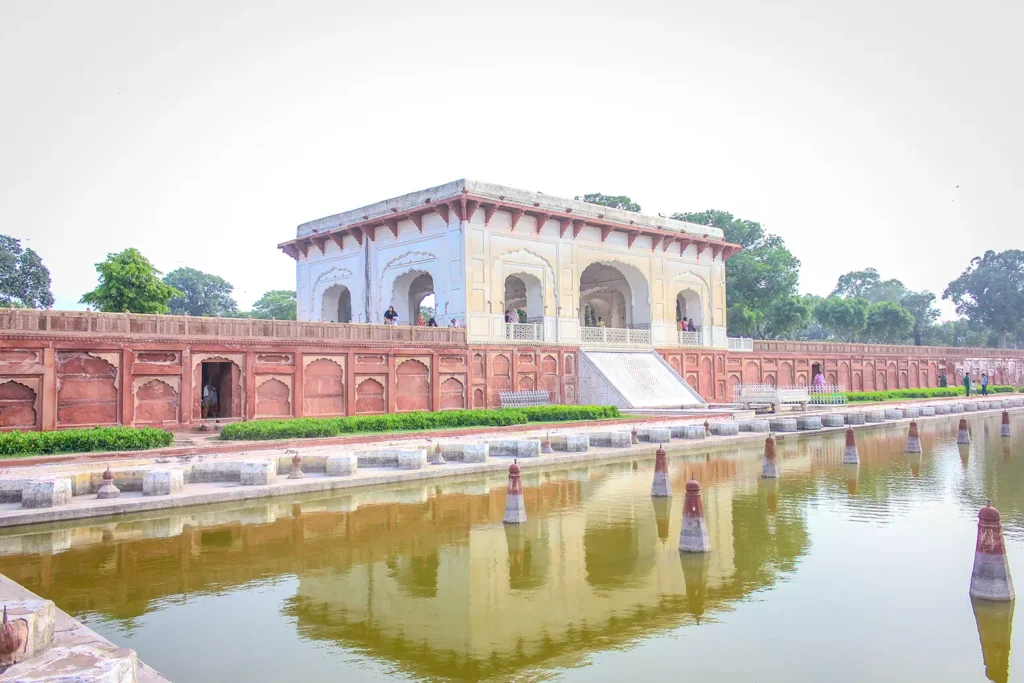
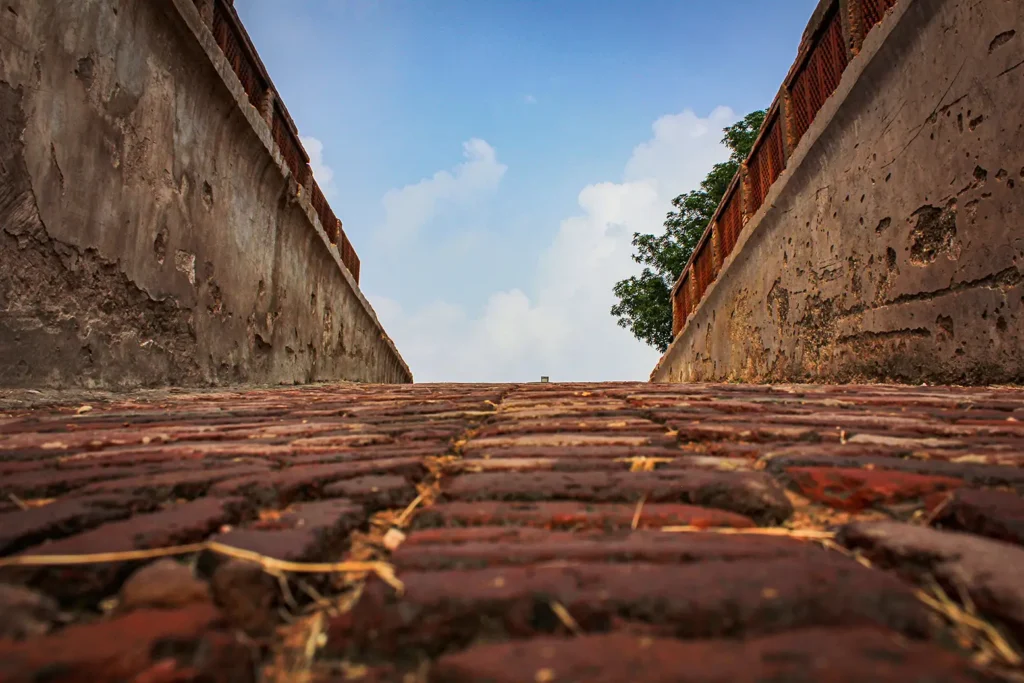
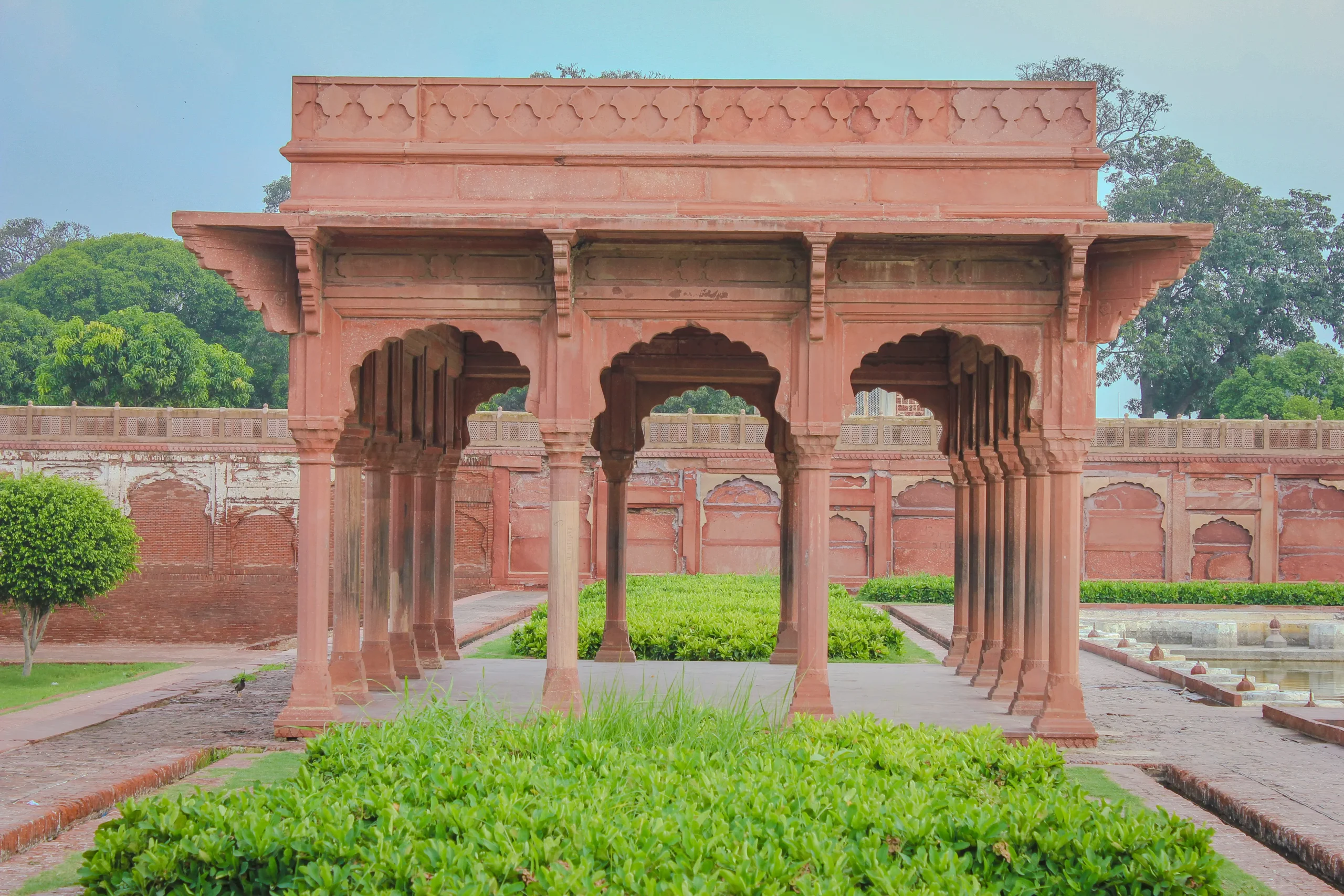

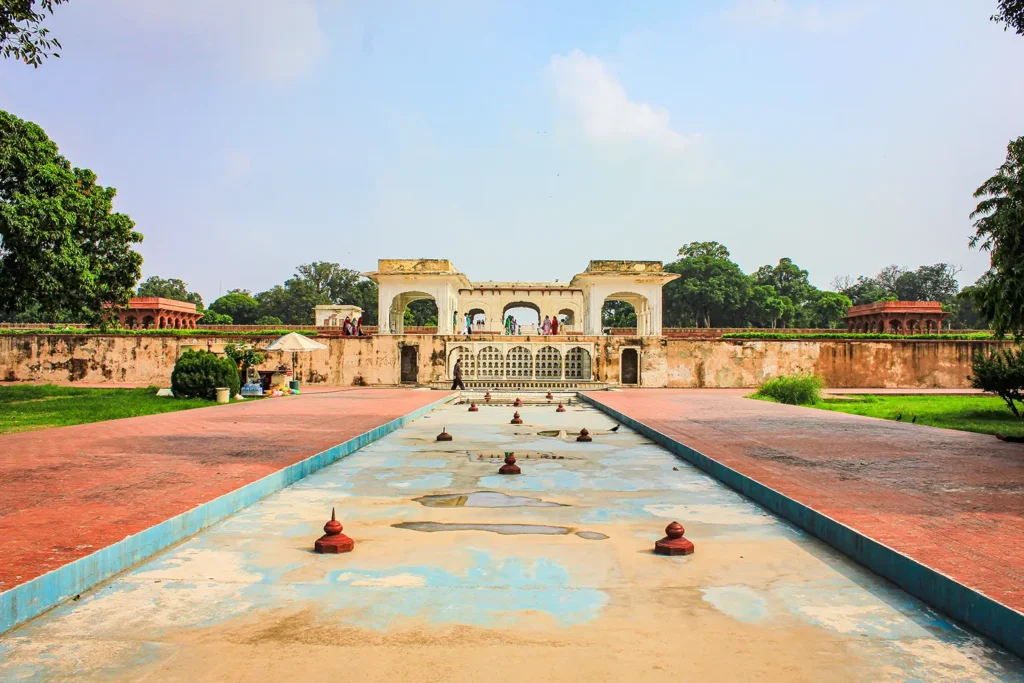


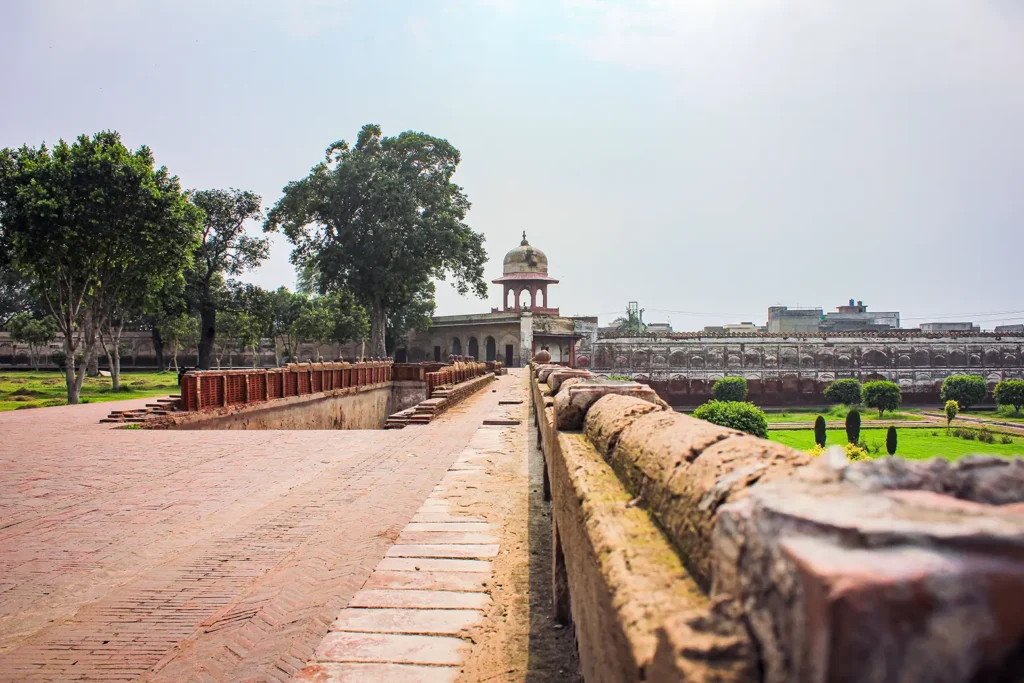
The Upper Terrace:
The uppermost terrace, known as the Farah Baksh or the Bestower of Pleasure, is the most private and reserved for the royal family. It features a marble pavilion with intricate frescoes and a stunning view of the lower terraces and river beyond.
360 View
The Middle Terrace:
The middle terrace, or Faiz Baksh, meaning Bestower of Goodness, is characterized by a cascading series of terraced levels adorned with fountains and flowing water. The central channel divides into several smaller channels, creating a mesmerizing play of water and light.
360 View
The Lower Terrace:
The lower terrace, named Hayat Baksh, or Bestower of Life, is the largest and most elaborate of the three. The terrace features a massive rectangular pool, surrounded by lush lawns and rows of fountains. A stunning baradari (pavilion) stands at the center, offering a resplendent view of the garden and river beyond.
The entire garden is adorned with fountains, pavilions, and beautifully manicured flowerbeds, all set against the backdrop of the Ravi River.
Mughal Garden Design
Shalimar Garden exemplifies the classic Mughal garden design principles. It follows the traditional charbagh (four-garden) layout, with the garden divided into quadrants by intersecting water channels. This geometric design is not only aesthetically pleasing but also symbolizes the Islamic concept of paradise.
The use of flowing water, terraced levels, and meticulous symmetry creates a harmonious and tranquil atmosphere. The garden was engineered with such precision that water from the Ravi River flows through a network of channels to power the fountains, creating an ingenious irrigation system.
Conservation and Preservation
Shalimar Garden Lahore has faced challenges over the centuries, including neglect and degradation. However, it was declared a UNESCO World Heritage Site in 1981 and is now protected by the Pakistani government. The conservation efforts have focused on restoring the garden’s original design and maintaining its historical and cultural significance.
Visiting Shalimar Garden
Shalimar Garden is a must-visit destination for history enthusiasts, architecture aficionados, and nature lovers. The garden is open to the public, and visitors can explore its serene landscapes, admire the stunning Mughal architecture, and relax by the fountains.
Visitors are encouraged to respect the historical significance of the garden by not causing damage to the delicate structures, littering, or defacing any part of the garden.
A visit to Shalimar Garden is like stepping back in time to experience the opulence and grandeur of the Mughal era, and it’s a journey that’s well worth taking.
Present-day Beauty:
Even centuries later, Shalimar Garden remains a cherished heritage site, attracting tourists, historians, and locals alike. The garden has undergone restoration and conservation efforts to retain its original charm. Visitors can witness the elaborate and intricate marble work, the vibrant flower beds, and the serene reflection pools that still evoke the opulence of its past.
